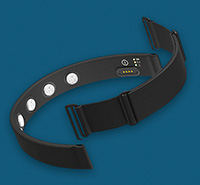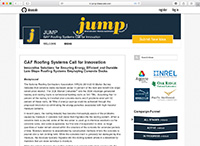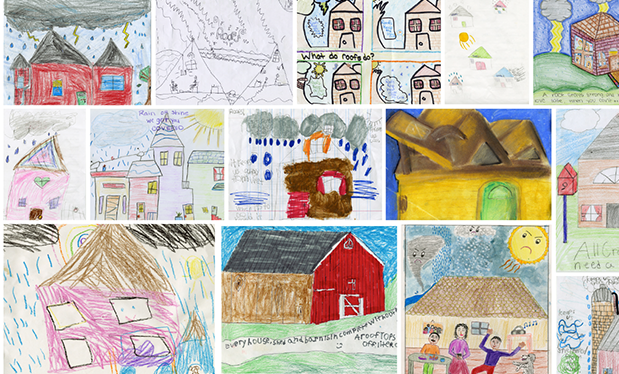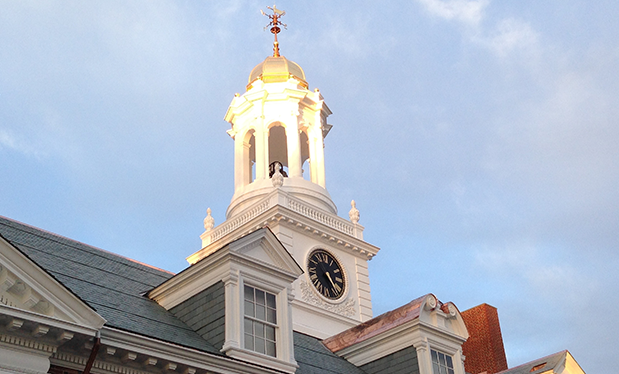Smart head wear technology monitors workers' fatigue

|
A new fatigue-monitoring device designed by SmartCap Technologies can alert a user when he or she is becoming tired. Life Band by SmartCap Technologies is a wearable band that fits inside users' head gear—including hard hats and ball caps—and connects to a smartphone app. Instead of in-cab cameras that alert vehicle drivers and operators when physiological symptoms are observed, Life Band uses electroencephalography, or brain waves, to monitor a user's fatigue.
"We're not talking about detecting microsleeps, we're in the business of eliminating them," says Dush Wimal, SmartCap Technologies' CEO, in a 2016 interview. "Physiological signs are a lagging indicator. We can intervene early and stop you from having a microsleep altogether."
Life Band can be used with many types of head gear. Rather than being embedded in a machine, the band is located on a worker no matter where he or she goes. The sensor-equipped band determines a user's alertness levels and transmits real-time voice-and-vibration alerts to the user via SmartCap Technologies' Life App, available from the Apple App Store and Google Play.
Using the Bluetooth-connected app, Life Band sends users information about impending microsleeps, helps track users' alertness levels through a timeline and issues a warning if the head wear is fitted incorrectly. The five sensors on the rechargeable band can be replaced, and the band is sweat-resistant and washable.
According to Wimal, behavioral modification is one benefit of using Life Band because the information sent via the app helps a user understand his or her own alertness data.
"It can be worn anywhere, so you also can monitor your alertness when you're driving home, for example," he says. "For us, this is about saving lives, and that's not just a matter of when someone is working."
As for privacy concerns, Wimal says the data from Life Band is coded with an ID number rather than a name. Life Band also eliminates the need for in-cab cameras in vehicles.
Wimal adds the cost of Life Band depends on the number of users and level of contracted service.
"We're moving rapidly into wearables, and we want to get into the consumer space in about three years," Wimal says.
ORNL and GAF partner to host technology challenge

|
Oak Ridge National Laboratory (ORNL), Oak Ridge, Tenn., has partnered with GAF, Parsippany, N.J., to host a technology challenge on roof systems. The challenge is part of JUMP, an online crowdsourcing site, and aims to identify innovative solutions for ensuring energy-efficient and durable low-slope roof systems employing concrete decks.
During recent years, the roofing industry has become increasingly aware of problems caused by moisture in concrete roof decks migrating into roof systems. Aside from leakage to the interior, moisture in roof systems can have numerous negative consequences, including reduced thermal resistance of insulation and weakening of the insulation, cover board, adhesive or fasteners.
The challenge is to develop new materials or installation methods that can be employed with a concrete deck to significantly reduce the likelihood of moisture-related problems. Such innovations can eliminate the energy penalties associated with high material moisture contents.
The winner will receive $10,000 in cash sponsored by GAF and may receive in-kind technical support of up to $20,000 from an ORNL technical scientist.
The deadline for idea submissions is Aug. 27. An online showcase will be held the week of Sept. 13, and the winner will be announced Sept. 30.
For more information about the challenge, click here.
ASTM International seeks paper submissions for symposiums
ASTM International is seeking paper submissions for two upcoming symposiums. The Symposium on Whole Building Air Leakage: Testing and Building Performance Impacts will be held April 8, 2018, at the Sheraton San Diego Hotel & Marina, San Diego, and the Symposium on Building Science and the Physics of Building Enclosure Performance will be held Oct. 21, 2018, at the Washington Hilton, Washington, D.C.
The Symposium on Whole Building Air Leakage: Testing and Building Performance Impacts is sponsored by ASTM International's Committee on Performance of Buildings (E06) and will take place in conjunction with the committee's April standards development meetings. It will provide a forum for the exchange of ideas regarding current air-leakage research, trends in whole building air leakage, and opportunities for new and revised standards. Symposium topics may include but are not limited to the following:
- Whole building air-leakage testing of large or complex buildings
- Whole building air-leakage testing of residential buildings and compliance with code and above-code program requirements
- Whole building air-leakage rates and their impact on load calculations and energy modeling results
- The cost of whole building airtightness and the return on investment on building enclosure conditioning and whole building air-leakage testing
The Symposium on Building Science and the Physics of Building Enclosure Performance is sponsored by ASTM International's Committee E06 and Committee on Roofing and Waterproofing (D08) and will take place in conjunction with Committee E06's October standards meetings. It will provide a forum for the exchange of ideas regarding building science and the physics of building enclosure performance with an emphasis on testing and assessment of heat/air/moisture transfer, energy use and the environment. It also will explore the growing influence of building science on material selection and detailing in new construction and the adaptive reuse of existing buildings. Symposium topics may include but are not limited to the following:
- Interface detailing/continuity of environmental control layers and their impact on whole building performance
- Critical review of Committee E06 and Committee D08 standards
- Definition and enforcement of durability
- Building physics and conservation/preservation
- Case studies
- Review of lessons learned
To participate in the symposiums, authors must submit a 250- to 300-word preliminary abstract online no later than Sept. 8, 2017, for the April 2018 symposium and no later than Sept. 29, 2017, for the October 2018 symposium. The abstract must clearly define the objective and approach of the work discussed, point out new material and present sufficient details regarding results. The presentation and manuscript cannot previously have been published. The symposium chairmen will notify authors via mail by Oct. 13 for presentation at the April symposium and by Nov. 24 for presentation at the October symposium.
To learn more about the symposiums and the submittal process, click here.
NRCA update
On May 17-18, NRCA Technical Services Section staff traveled to Lansing, Mich., to attend "Standards: Enabler of Sustainability," an academic-industry workshop sponsored by the National Institute of Standards and Technology; Michigan State University, Lansing; NSF International, a U.S. product testing, inspection and certification organization; and Northwestern University, Evanston, Ill. The workshop's purpose was to bring together academia, industry members and the standards community to explore ways to enhance sustainability that are equitable, constructible and effective.



